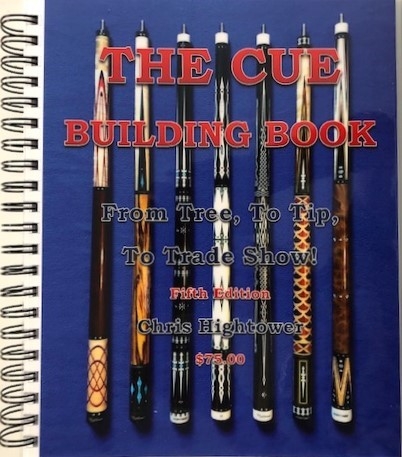GentlemanJames
Well-known member
Hi Guys, Looooong time Lurker, first-time posting. While we rightfully hear so much about tip, ferrule, shaft, and joint, in terms of how a cue feels upon hit, I have certain cue butts which cause a shaft to hit much stiffer and uncomfortably than others. I'd like to understand more of why this is so; and, how a 2-piece vs 1-piece cue butt is all about in terms construction, physics and engineering properties. Any insights are appreciated. Thanks, GJ



